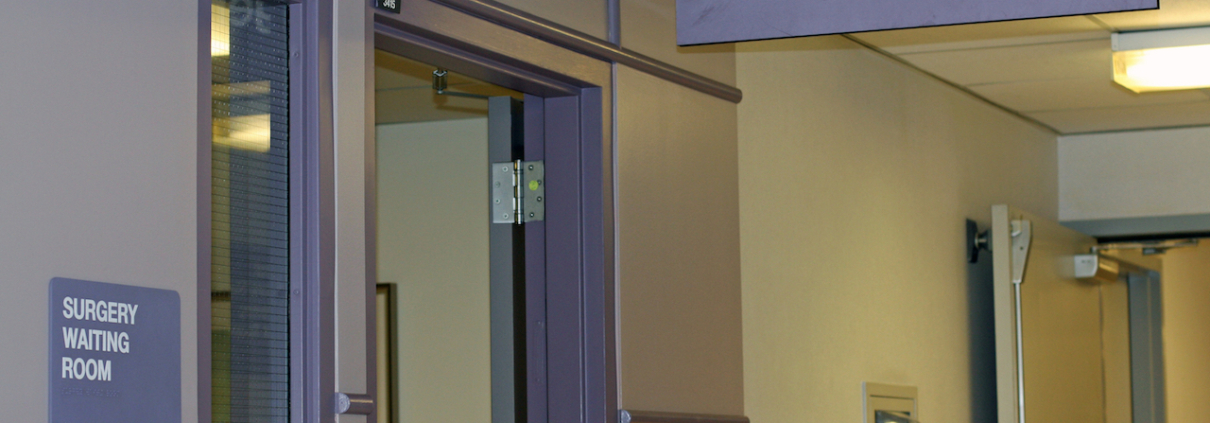Clearing the NHS Backlog in 2023: Plans and Estimates
The NHS is facing an unprecedented backlog. This is the care that the NHS would have delivered in a “normal” year, but which has been disrupted as a result of the COVID-19 pandemic and the resulting lockdowns.
What is the NHS backlog?
The NHS backlog includes patients:
- On waiting lists for treatments who, ordinarily, would have been seen by now.
- Who have not yet seen their GP to seek a referral, as they were worried about contracting COVID-19, or else overburdening the health service.
- Who have had procedures or referrals delayed or cancelled, along with patients who have been refused referrals due to a lack of capacity.
The NHS Backlog in Numbers
According to the British Medical Association (BMA), as of July 2022 there were:
- Over 6.84 million people waiting for treatment.
- 6.7 million patients waiting more than 18 weeks for treatment.
- Nearly 400,000 patients waiting more than a year for treatment (in July 2019, only 1,032 patients had to wait so long).
- Median waiting times for treatments at around 13.3 weeks.
What is the Hidden Backlog?
The BMA also refers to a “hidden backlog” of patients who require care but who, for a number of reasons, have not yet found their way into the health system. On top of this, they warn that the backlog appears to be getting worse, and that it will take years to clear the backlog due to workforce shortages and the ongoing need for infection prevention and control measures.
You can read the latest BMA NHS backlog figures and analysis.
NHS Delivery Plan for Tackling the Backlog
The BMA analysis highlights how the healthcare sector will struggle with the backlog for the foreseeable future. Nonetheless, the NHS is implementing strategies for managing the unprecedented backlog.
A central aim of the delivery plan is to maximise the NHS’s capacity. The goal is to support systems to deliver around 30% more elective activity by 2024-2025 than before the pandemic.
Here are some key aspects of the delivery plan:
- Significant development in the capacity and skills of NHS staff, while ensuring that the whole workforce has necessary support to deliver a high standard of service.
- Separate elective and urgent care provision to free clinicians’ time for new patients, and for those with the most critical clinical needs.
- Prioritise diagnosis and treatment for those with suspected cancer and other urgent conditions, while offering alternative locations to shorten waiting times.
- Using digital tools to drive the delivery of services and to provide more convenient access to diagnostic and surgical procedures.
- Give patients better information, providing an accessible and personalised service while they wait for diagnosis and treatment. Through making greater use of the NHS App, patients will have more control over how they manage their appointments, while a national hub model will allow patients with long waits greater choice at the point of referral.
You can read the full NHS delivery plan for tackling the COVID-19 backlog.
How to Improve Efficiency to Reduce Turnaround Times and Tackle the Backlog
A key aspect of the NHS delivery plan for reducing the backlog is to ensure that all staff have the skills and the support they need to deliver the highest possible standards of care. This could include auditing and streamlining working environments and practices to reduce waste and improve efficiency.
For an idea into how this might look in practice, take a look at The NHS Productive Operating Theatre strategy. This is a comprehensive series of resources designed to help healthcare teams work more effectively together to improve the quality of the patient experience, along with the safety and outcomes of surgical services.
The focus is on quality and safely, which can help theatres run more productively and, in turn, help reduce the backlog.
You can read our full guide to strategies and measures that can help improve quality in operating theatres.
Investing in Tech to Make Procedures Safer and More Efficient
The NHS delivery plan for reducing the backlog refers to using digital tools to drive the delivery of services and to provide more convenient access to diagnostic and surgical procedures.
But digital tools are not the only tech that can help improve efficiency in healthcare settings. To manage and reduce the NHS backlog, healthcare teams must assess every aspect of their operations to find ways to improve efficiency while reducing waste, all without compromising on quality of care.
We Can Help You Improve Quality and Efficiency in Healthcare Settings
Whether you want to reduce turnaround times in theatres, improve infection control measures or minimise the risk of staff exposure to toxic chemicals, our experts can help you find the solution.
Get in touch to talk to one of our experts today.



